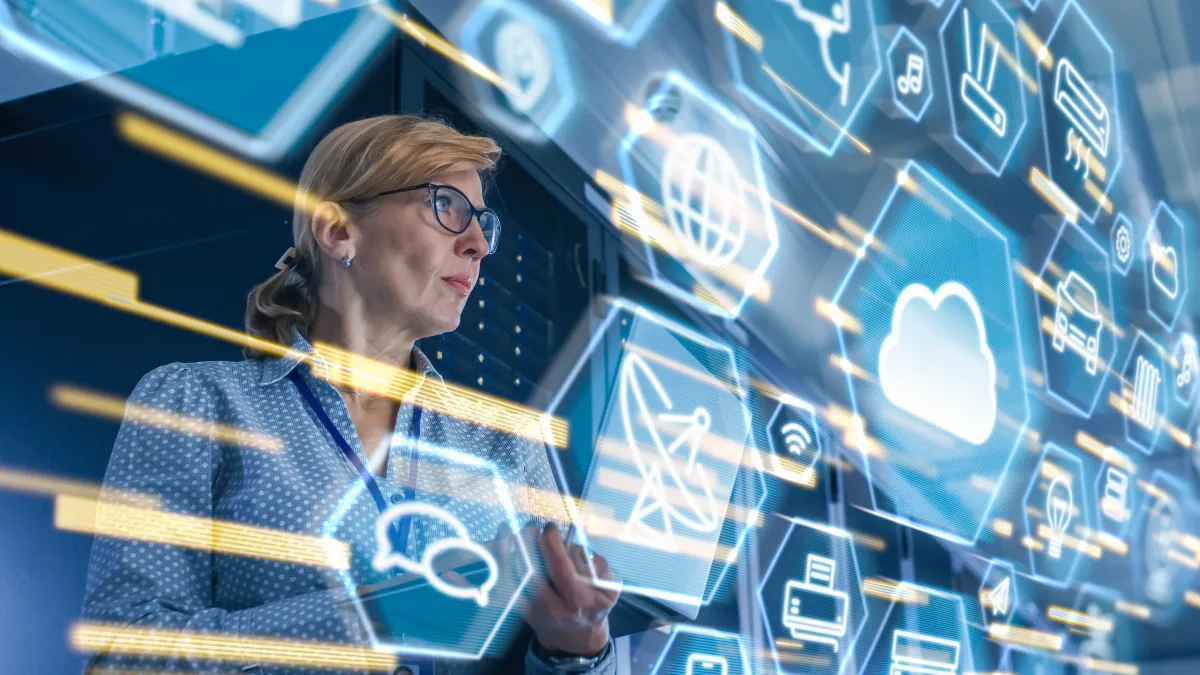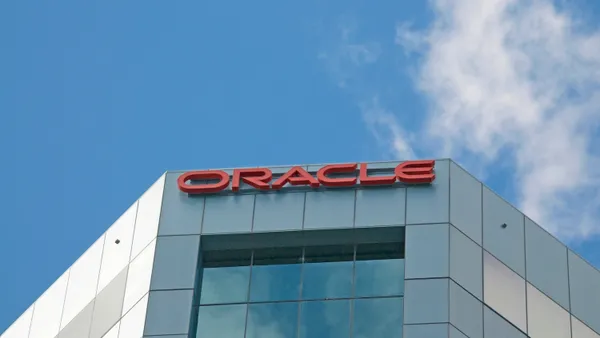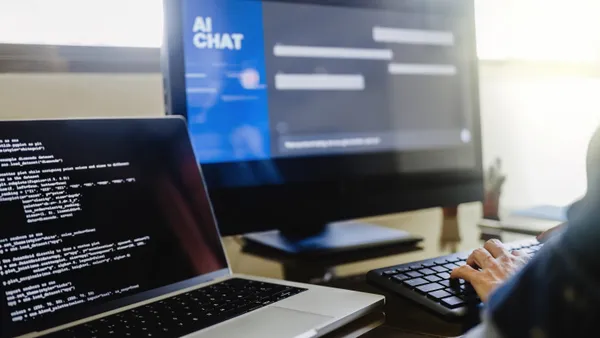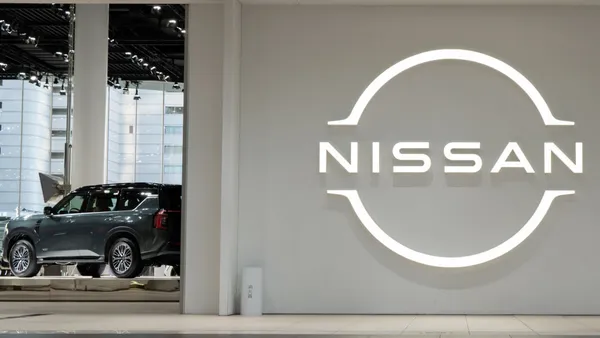In 2024, executives plan to keep perfecting the crown jewel of the enterprise software arsenal: ERP implementations.
The global ERP market has grown 8% since 2022, and 1.4 million companies are expected to spend $183 billion on ERP software in 2024, according to HG Insights data.
Implementations slated for this year are a mix of companies upgrading systems to make them more regulatory compliant, and companies still on-prem moving into the cloud, with improvements in software and the addition of AI.
“You could possibly argue that they’re not getting faster, but getting more in there — more bang for your month,” said Chris Perry, M&A ERP lead at West Monroe.
Akshara Naik Lopez, senior analyst at Forrester says most companies are in a “pre-RFP stage,” where clients who know they have to execute a big project are planning and strategizing.
“You’re going to be seeing a lot of clients being comfortable enough to [follow] the true cloud ERP journey,” she said.
Part of that planning also means making sure current systems are stable and well documented, especially if an organization is anticipating any older employees leaving the field. That way, institutional knowledge doesn’t go out the door with retiring employees, making the shift to cloud more difficult.
This year is also finally time for on-prem companies to move. They “know there’s a ticking time cloud,” she added.
Any new company that wants to run ERPs on premises will have a difficult time doing so, simply because those products are not readily available anymore.
“It’s hard to buy on-prem or perpetual licenses,” said Perry. “You can’t walk in as a new customer or new company and buy that version ... they will not sell you an on-prem perpetual license unless you can make a really strong case to them.”
ERP migrations pack more into implementation
While ERP migrations are still taking the same amount of time — between 12 months and two years — companies are getting more out of their ERP work in that time.
“The software companies are improving the software, so it’s easier to implement,” said Perry, adding that these improvements enable companies to avoid customizing and writing house-written code. Better software is also allowing implementations to be more complex and more sophisticated, he added.
In 2024, Joe Scioscia, EVP at VAI, expects to see more ERP overhauls done in stages, especially in sectors with new regulatory requirements. Companies that handle food, due to requirements in the Food Safety Modernization Act, must quickly comply.
“We will typically do what we call department ERP implementation instead of the big bang,” he said. This method is also still popular for companies that have multiple facilities in different places, and for companies that are growing by acquiring other firms. “At that time, ERP vendors are really becoming system integrators,” he said, taking multiple ERP systems and integrating them across multiple platforms.
The AI of it all
AI hasn’t completely revolutionized ERP implementations, but it is helping to improve the process — though incrementally.
For example, AI is being used to reduce ERP testing time, said Naik Lopez, sometimes saving months of work, especially when it comes to testing anything that is repeatable, and has the same steps that repeat during the project, she said.
AI is also enabling companies to “build a better mousetrap,” said Perry, with small changes that lead to a better whole. AI can manage invoice blocks and predict mean time between failure and flaws in a maintenance environment.
“These to me are not earth-shattering on their own," he said. "They are all part of this general improvement in capability we’re seeing."
Scioscia is also seeing heavy investment in cybersecurity and AI when it comes to ERPs. AI is being used to understand and look for threats, help businesses understand those threats and what can be done about them.
With increases in the frequency of ransomware and cloud breaches, “companies are very concerned and don’t want to be hit with ransomware attacks that could put them out of business,” he said.













